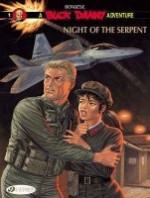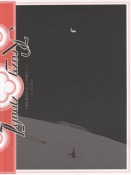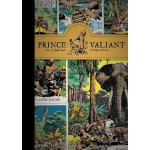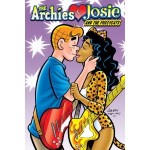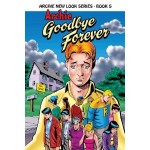
By Hiroki Ugawa, translated and adapted by Jeremiah Bourque & Hope Donovan(TokyoPop)
ISBN: 978-1-59816-343-4
Most manga can be characterised by a fast, raucous and even occasionally choppy style and manner of delivery but the first volume of Hiroki Ugawa’s atmospheric supernatural thriller and moody saga of young love takes its time to get all the elements in play rather than simply steaming in all guns blazing.
Set in the city of Miyoshi in Hiroshima Prefecture (noted for its shrines and beautiful mist-draped landscapes) Asagiri no Miko or Shrine of the Morning Mist first appeared as a serial in the monthly periodical Young King Ours, running eventually to five volumes of eerie mystery, romance comedy and demonic action.
The saga opens here in traditional portentous manner and carefully unfolds the story of young Yuzu Hieda, one of three sisters who are hereditary Miko (a combination of shamans, mediums and priestesses attached to Shinto shrines and temples) attending to the local places of worship.
The sisters are especially gifted with special powers to combat the supernatural threats that menace the locality.
Little more than a teenager herself, schoolgirl Yuzu is troubled by the return of her childhood sweetheart and cousin Tadahiro Amatsu who, after five years away, has come home only to be targeted by evil forces. Despite being teased by sisters Tama and Kurako Yuzu accompanies them to the railway station just in time to save the lad from a sinister, sorcerous old man obsessed with the boy’s blood.
Invited to stay in the Miko’s home the withdrawn boy is disquieted by the teasing and references to his past relationship with Yuzu, but the father of the house proves to be a far-more unforgiving prospect…
Mystic forces are gathering round the introspective, solitary boy – with repercussions felt as far away as Tokyo – and over their dad’s objections Tadahiro is pressured into staying at the Hieda home where he can be properly protected. However next morning when the girls are at school a monolithic, cyclopean demon attacks the house. The assault is instantly perceived by Yuzu who dashes back to save him only to find her long-absent mother already there, having driven off the dark “kamiâ€.
Well, one of them, at least…
Typically even Mother Miyuki thinks Tadahiro and Yuzu are a perfect, predestined couple…
With questions swirling about him, such as “why is everybody so interested in his blood†and “whatever happened to his own parents†the shell-shocked Tadahiro is blissfully unaware that the Miko are forming a protective Council around him, but even he knows something is up when the dark newcomer Koma introduces herself and reveals that she intimately knew his long-departed father…
To be continued…
This uncharacteristically slow-paced, contemplative and almost elegiac tale mystery was partially inspired by a classical tale recorded on the InÅ Mononoke scroll and Hiroki Ugawa’s beautiful illustration perfectly captures a sense of brooding ancient powers at war, even during the most juvenile set-piece moments of awkward young romance and generational embarrassment comedy.
A slightly off-beat but intriguing tale for older readers, this black and white volume is printed in the Japanese right-to-left, back to front format.
© 2001 Hiroki Ugawa. All rights reserved. English text © 2006 TokyoPop inc.




